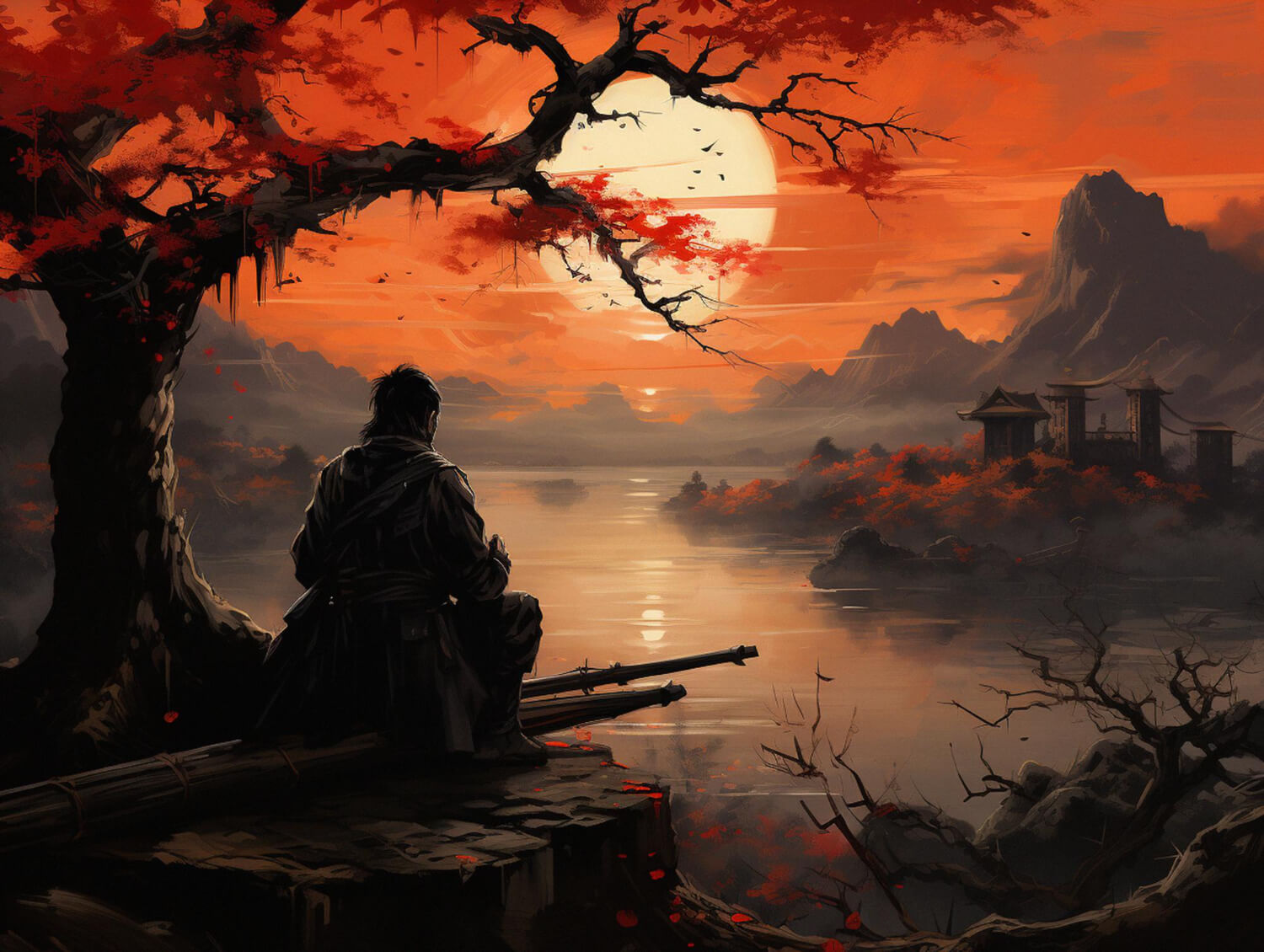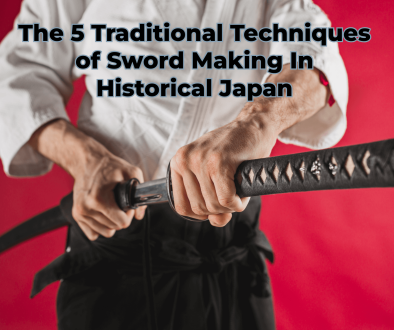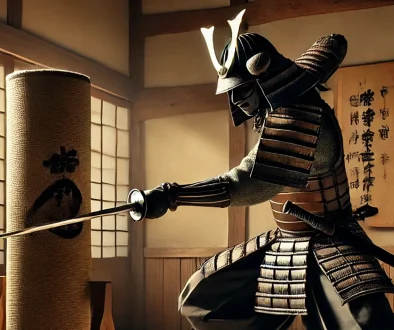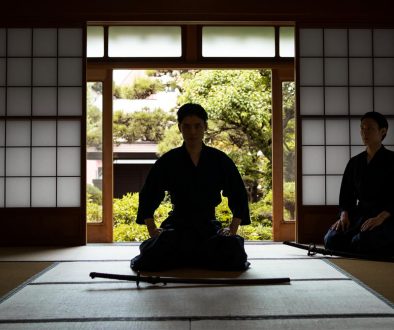What Was Life Like As a Ronin?
Once a samurai was no longer under their master, they became known as ronin and roamed about looking for new employment.
The ronin were no longer bound by bushido, the code of honor known among samurai warriors, nor seppuku, which required warriors who fell into enemy hands in battle to commit ritual suicide by self-immolation.
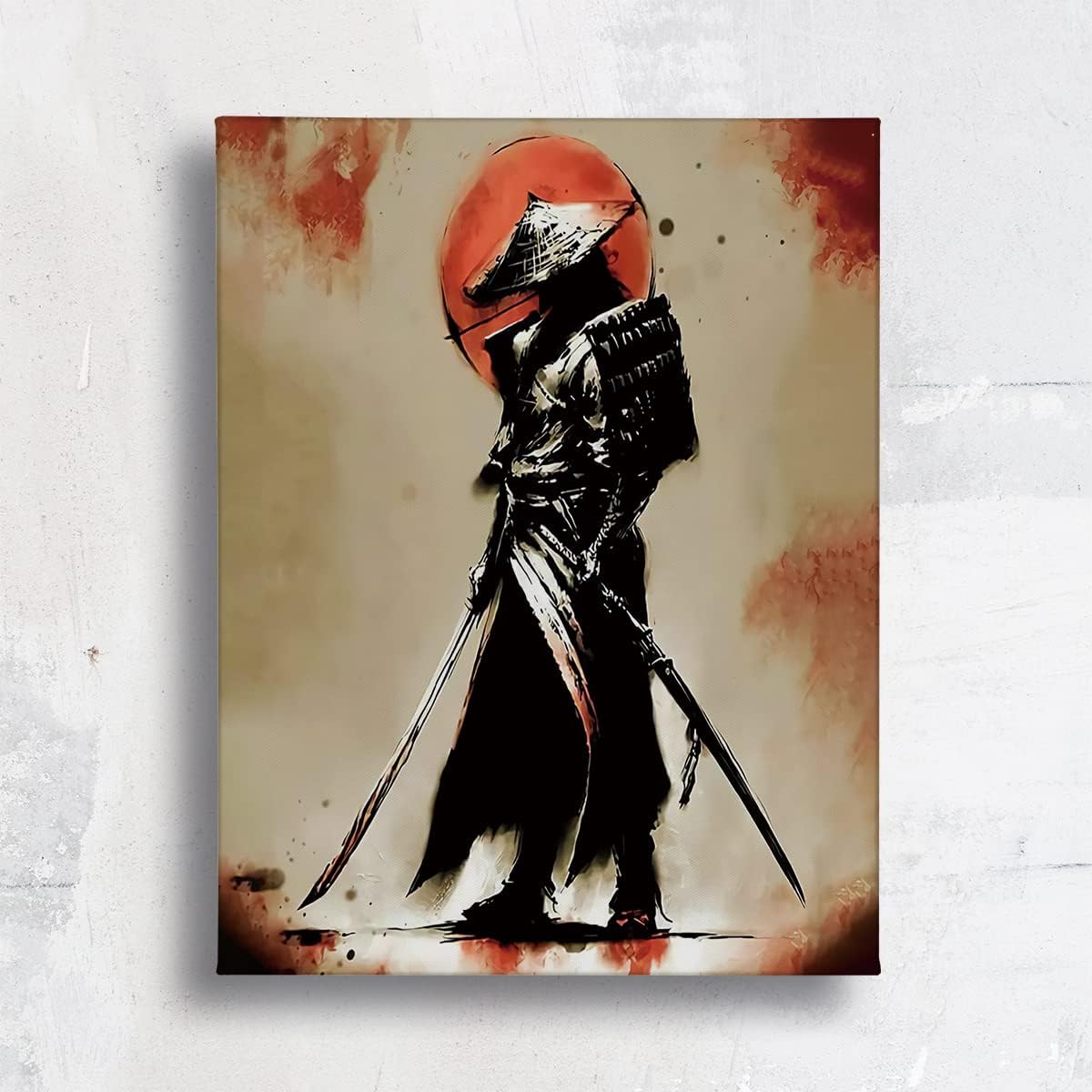
Introduction to the Ronin: Origins and Creation
In feudal Japan, ronin was an extreme contrast to the orderly lives of samurai under their daimyo (lord). Samurai were highly trained warriors who were expected to put their master first at all times. Occasionally, samurai would become masterless for various reasons, including political shifts, the death of their daimyo, or personal disagreements.
Once a samurai had become masterless, they became known as ronin. With their honor ruined and wandering across the countryside in search of work to do, Ronin could be hired as bodyguards or yojimbo to assist in land disputes or prevent robberies. However, some of these activities might be viewed as below the station of a true samurai.
At times of war, living the Ronin life was extremely challenging. With the Tokugawa Shoguns consolidating control of Japan, warriors became less necessary, leaving Ronin out of work. Facing limited opportunities, some Ronin engaged in illegal activities like gambling. In dire circumstances, where their honor was deeply compromised, ronin might request permission for seppuku, a ritual suicide to reclaim their honor. Those who didn’t pursue this path often lived with the burden of shame.
Survival of the Ronin: From Sword to Plough
From a tender age, samurai were instilled with the disciplines of swordsmanship and the principles of the bushido code. These noble warriors led lives deeply intertwined with the intricacies of war and the whims of politics. However, fate could be unkind. Losing their master often pushed them into the shadows as “Ronin,” masterless samurai deprived of formal military stature and societal respect.
The term “ronin” in feudal Japan denoted these samurai without a daimyo to serve, making them akin to drifters. Their absence of allegiance was a glaring blemish in the structured society of Japan, painting them as outcasts. Without the protective umbrella of a lord, many ronin faced economic hardships. They were forced into roles they were not proud of, from banditry to mercenary tasks. Yet, not all discarded their ingrained principles; many clung to the bushido spirit, living by its code even without a formal military role.
Life for a ronin was not always spent in the shadows. Some found employment with local lords or merchants who needed their martial expertise. As mercenaries, their pay varied based on the tasks and their employers’ generosity. While some could command decent sums, especially if their skills were unparalleled, others barely earned a living. Often, they were provided shelter in barracks or makeshift camps and, occasionally, more permanent lodgings if their service was long-term.
Yet, the life of a ronin was never secure. They were always at the mercy of their employer’s temperament and the ever-shifting political landscape. Respect was hard-won, and honor was easily lost. When disrespected, especially by lower-class people, a samurai’s response was conditioned by the bushido code, though outright violence was not always the default. Notably, the 47 Ronin’s decision to commit seppuku, the ritualistic suicide, was seen as an act of honor, highlighting the complexities surrounding the samurai and their code.
In periods of peace, some ronin transitioned from wielding swords to tilling lands, turning to farming to sustain themselves. While it was a drastic shift, the discipline and resilience ingrained in them made even this transition a testimony to their enduring spirit.
Societal Perception of the Ronin
The transition from esteemed samurai to ronin often significantly shifted societal perceptions. Adherence to the Bushido Code dictated that samurais who lost their masters, traditionally through battle, defection, or death, would show their respect and honor through the ritual of harakiri or seppuku. But with the rise of Tokugawa Ieyasu as the Shogun in 1603, this once-regarded practice faced discouragement, leading many samurais to embrace the life of Ronins.
Their new status put them in a unique position within Japanese society. While some adapted to quieter lives as farmers or embraced spirituality as monks, others leveraged their martial skills to serve as bodyguards or mercenaries, mainly for affluent traders seeking protection. However, the societal viewpoint wasn’t always optimistic; there was a more sinister side, with some Ronins forming gangs and delving into the underworld of gambling dens and brothels.
One cannot discuss the societal impact of Ronins without mentioning the famous 47 Ronin story from 1703. This tale of honor and revenge, where samurais avenged the death of their master by confronting Kira Yoshinaka, has been echoed throughout Japanese arts and literature.
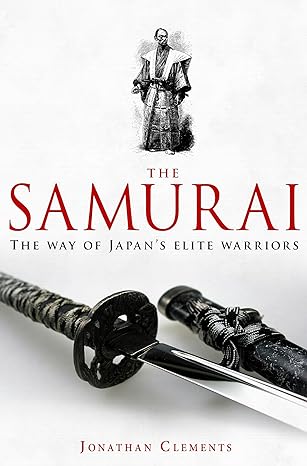
Quest for Redemption
Ronin, samurai without a master, often faced a tumultuous journey of self-rediscovery and redemption in the ever-changing sociopolitical landscape of feudal Japan. Driven by the need to support themselves, these masterless warriors roamed the land, offering their skills as mercenaries or bodyguards for the affluent. However, this quest for sustenance sometimes led them to tread the line between honor and infamy, with some resorting to joining gangs or indulging in other criminal activities.
While the samurai code, or Bushido, allowed them to retaliate against perceived disrespect from those of a lower social rank, it’s a misconception that they had a carte blanche right to behead anyone at whim. Instead, circumstances, societal norms, and local laws played a significant role in dictating such actions.

Another societal aspect of the Ronin life was their newfound freedom in marital choices. They could marry outside their social strata, and liberty was often restricted for the samurai under a master. However, the assertion that they could select who fathered their children appears unfounded.
Selling their swords was the most heart-wrenching aspect of their quest for redemption. The sword was not just a weapon for a samurai but an embodiment of their soul. Parting with it was akin to severing a part of oneself, often seen as an act of profound disgrace.
The 19th century saw some ronin play pivotal roles in shaping Japan’s future. They weren’t just aimless wanderers but became influential figures in movements that opposed foreign influence and advocated for the restoration of the imperial family. Their deep-seated desire for redemption and a better Japan made them both advocates and adversaries of change. Their involvement in political assassinations and resistance against Western ideologies amplified a nation’s transition tensions, eventually catalyzing the Meiji Restoration and the decline of the samurai class’s societal privileges.
Cultural Influence of the Ronin
The figure of the ronin, the masterless samurai, has long permeated Japanese culture, leaving an indelible mark on literature, theater, film, and even philosophical thought. Their unique position, teetering between honor and outcast status, symbolized the complexities inherent in the human experience, allowing them to become emblematic characters in various cultural narratives.
In literature and theater, Ronin’s tales were epitomized by works such as the Chūshingura, the account of the 47 Ronin. Their story of loyalty, revenge, and ultimate sacrifice encapsulates the conflicts between personal desires and societal obligations, offering rich material for Kabuki and Bunraku performances. These theatrical renditions helped cement the image of the ronin as figures who grappled with internal dilemmas, resonating deeply with audiences who saw reflections of their struggles in the protagonists.
Cinematic portrayals further expanded the ronin’s cultural influence. Iconic films like Akira Kurosawa’s “Yojimbo” and “Sanjuro” cast the ronin as both hero and anti-hero, navigating a world riddled with corruption, intrigue, and moral ambiguity. While set in historical contexts, these films often touched upon contemporary issues, allowing the ronin to be interpretable symbols of resistance, resilience, and reflection in changing times.
Moreover, various cultural discourses have explored the philosophical implications of the ronin’s existence. As individuals who had lost their designated place in society, they challenged the rigid Confucian hierarchies of feudal Japan, prompting discussions on autonomy, purpose, and the essence of honor outside societal validations. Over time, the ronin’s cultural representations have evolved, yet they persist as poignant symbols of the multifaceted nature of honor, duty, and individualism.
End of the Ronin Era
As Japan transitioned into the Edo period and later into the Meiji Restoration, the role and societal status of the ronin underwent significant transformations. The strict class hierarchies that once shaped Japan’s feudal society were systematically dismantled, reducing the societal disdain once directed towards these masterless samurai.
The Meiji Restoration in the late 19th century marked a critical turning point. As Japan sought to modernize and reform its social and political structures, the samurai class, which the ronin were part of, began to lose its exclusive status. The government issued a series of edicts that abolished the samurai’s sole right to bear arms and dissolved the traditional stipends they received, effectively ending their distinct status as a warrior class.
In this new era, many ronin adapted to the changing times. Some played crucial roles as leaders and activists in the movement to modernize Japan. They sought education in Western knowledge and technologies and entered various professions, thus contributing to the emerging, modern state.
The end of the Ronin era is not just a story of loss but also a story of adaptation and transformation. The resilience and skills that the ronin developed during their wandering years allowed many of them to excel in this new societal context. While the age of samurai and ronin was closing, their cultural impact and spirit legacy continued to be a vibrant part of Japan’s evolving identity.
